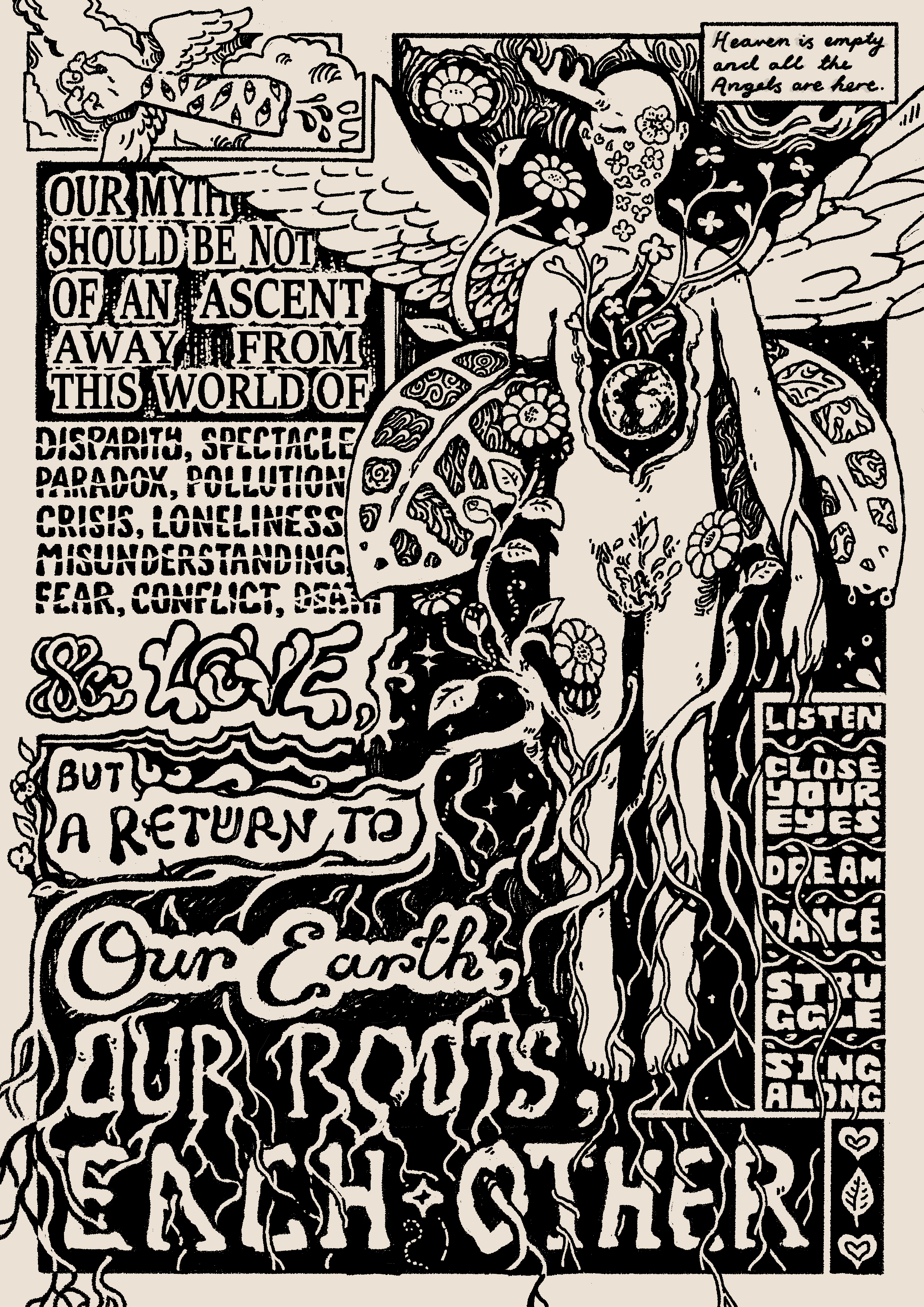Rights are won through popular struggles. But once enacted into law, they have to be enforced. Governments are usually reluctant to do that. The rights are then just words on a piece of paper. Workers, however, have found that they can enforce the rights themselves – often in creative and unorthodox ways.
In 1979 the Ontario government passed legislation guaranteeing workers the right to refuse unsafe work. The move was prompted by the wildcat work stoppages over unsafe conditions in the uranium mines in Northern Ontario. Harmful exposures had caused a “body count” of death and disease from lung cancer and silicosis. The new law allowed Ontario workers to refuse work they considered hazardous. Management had to investigate the refusals. Reprisals were prohibited. If the dispute continued, an inspector from the Ministry of Labour would rule on whether the refusal was justified or not. Inspectors had the authority to order a cleanup, or shut down an unsafe operation. But if the inspector ruled against the worker, he had to return to the job immediately or face penalties.
From the moment the law was enacted, the big companies and their government allies moved to render it ineffective. Management did not respect the refusal procedures on the shop floor. Refusing workers were often intimidated or fired. When the disputes continued, the Ministry inspectors charged into the shops hell-bent to support the employers. They were determined to get the refusing workers back to work as soon as possible, whether or not the safety complaints had merit.
At that time I was working in the Westinghouse plant in Hamilton, Ontario, assembling large transformers. I was the union health and safety representative and shop steward. The factory was full of dangers including unsafe overhead cranes, flammable materials, and faulty scaffolds. There were also toxic exposures to asbestos, leaded paint, solvents, oil mists, welding fumes and other substances.
One of the problems we faced early on was a large electric band saw. Its blades often snapped and flew off, cutting the operator. We complained about it to management; we were told the problem didn’t exist. On a work refusal, the Ministry inspector came in, examined the saw and lectured us that it was perfectly safe. We were told to keep using it, get back to work.
We had no intention of letting that go. The blades kept breaking. One day, as someone was using the saw, a group of workers came with me to speak to the Manager. They left their machines, came down from their scaffolds, exited the tanks and descended from the overhead cranes. As safety rep, I informed the Manager that the saw was a hazard. The safety law had given workers another right, namely the right to report unsafe conditions, without reprisals. When the manager said that the saw had been verified as safe by the inspectors, I said fine, we just wanted to report what we believed to be a hazard. We went back to work.
Fifteen minutes later, another person was using the saw. The workers again came down from their work stations. We marched respectfully over to the Manager’s office. I told him that the saw was endangering a worker. He became impatient, saying he already told us the saw was judged safe by the inspector. I said ok, we just wanted to inform him of the unsafe situation. That was our right and obligation under the new law. Everyone then returned to work.
This scenario went on all morning. At one point, management figured out that the band saw was costing it a lot of money in lost production time. The bosses were livid. Approved or not by the inspector, the simple presence of the band saw was interfering in production. Before the morning was out the Manager red tagged the machine, then called in the maintenance department to cut the floor bolts holding the saw in place. It was then taken out of the department and kept well out of sight. A new one was ordered.
In a short space of time, the band saw had become a red flag to the workers in the department. It had to be removed immediately. Faced with unorthodox collective action on the shop floor, management found it more economical to listen to its workers than to government authority.
We had been frustrated in our attempt to use the new right to refuse, but we discovered another way to get rid of an unsafe machine – well within the law. It was a lesson we never forgot. We learned that it pays to be persistent, and that if one avenue is blocked we can find another. We learned to creatively apply the provisions of the safety legislation. We learned to rely on our own strength. If the government won’t enforce our legislated rights, we will enforce them, one way or another.
These lessons served us well later on in dealing with other hazards. Over the following years, we achieved major cleanups and safety improvements in the plant.
Workers found other creative ways to use their rights. In 1986 I was director of a clinic for occupational health. The autoworkers union at DeHavilland aircraft north of Toronto called us in. They were frustrated after years of lobbying the company and Ministry over excessive exposures to chemicals, paints and solvents. Many workers believed these exposures had caused their breathing difficulties, burning eyes, rashes, loss of skin pigment, headaches and dizziness. The Ministry inspectors came in many times and duly documented violations, including exposures well above the regulations. They noted the violations, ordered the company to clean up and left it at that. That went on year after year, with no changes made. The government would not enforce its own orders, so DeHavilland ignored the orders. The health damage continued.
We set up a clinic in the union hall. Our doctors examined and tested the paint and the plastics workers. In August 1986, I wrote a report showing the medical results: over half the workers suffered significant lung diseases, nerve damage, swollen eyes, skin blotches – all linked to exposures on the job.
When the report was distributed on the shop floor, the place exploded. Six hundred workers used their right to refuse work because of the unsafe conditions. They kept up that mass refusal for a week. DeHavilland then agreed to spend $15 million to clean up the area of concern, including the removal of many toxic materials, a revamped ventilation system and education for the workers about the substances they were using. It agreed to pay for health examinations by our clinic inside the plant.
What was new here was the collective use of the right to refuse. Rather than one individual doing it, six hundred workers did it at once. That shut down that part of the plant, production stopped and the company began to bleed a lot of money. All of which was perfectly legal. The DeHavilland workers accomplished more in one week then they had in years of begging and pleading.
Workers elsewhere took note of this collective work refusal. McDonnell Douglas Aircraft was close by and experiencing similar problems. The union called us in. We once again set up a clinic in the union hall, testing over 1,000 plant workers. We researched the chemicals they used, including many that were cancer-causing. The company’s information sheet somehow left that out. We found many workers with lung diseases from asbestos and memory loss from solvents and aluminum.
The Ministry inspectors rushed in, now wary of what had happened at DeHavilland. They documented 230 violations of the safety legislation, including a ventilation system that was “a mess” because it recirculated toxins into the plant. But, true to form, the Ministry of Labour waffled on enforcing its orders. The McDonnell Douglas workers were fed up. On November 18, 1987, over 2,000 of them refused to work for health and safety reasons. The huge plant ground to a halt. The work stoppage became a major ongoing story in the newspapers and on television, as had the earlier one at DeHavilland.
The collective refusal was consistent with the rights spelled out in the safety legislation. It kept up for another five weeks. There were not enough inspectors in the whole province to investigate and adjudicate each refusal at the plant. The workers had to be paid while the refusals continued. McDonnell Douglas was losing an estimated $300,000 a day. It eventually negotiated cleanups of many of the problems we had identified.
The rebellions at the aircraft plants sent shock waves throughout Ontario. It told workers that they did not have to put up with this crap anymore. They had a way to end it by using, collectively, a right guaranteed by the health and safety law.
The outcome was not all positive. McDonnell Douglas announced lay offs after the refusals, scaring everyone with job losses. Soon afterward, the government enacted new amendments to the safety legislation designed to inhibit independent rank and file action over health and safety. It had the full collaboration not only of the big companies but also the top union officials. The latter had not initiated or welcomed the mass work refusals, which were prompted by union leaders at the local level. The top officials, on the other hand, were frightened of ordinary workers taking things into their own hands. They did not want them straying outside of the long established channels. These channels, however, had disempowered shop floor workers and caused a horrible toll of disease and death. The union brass was content with paper rights.
The lessons for workers from all this are: don’t be intimidated by authority; never give up; if you are blocked in one way, find another avenue; think creatively and use the rights you have in new ways; treat the established channels with the contempt they deserve; rely upon your own strength.
The struggle continues.









